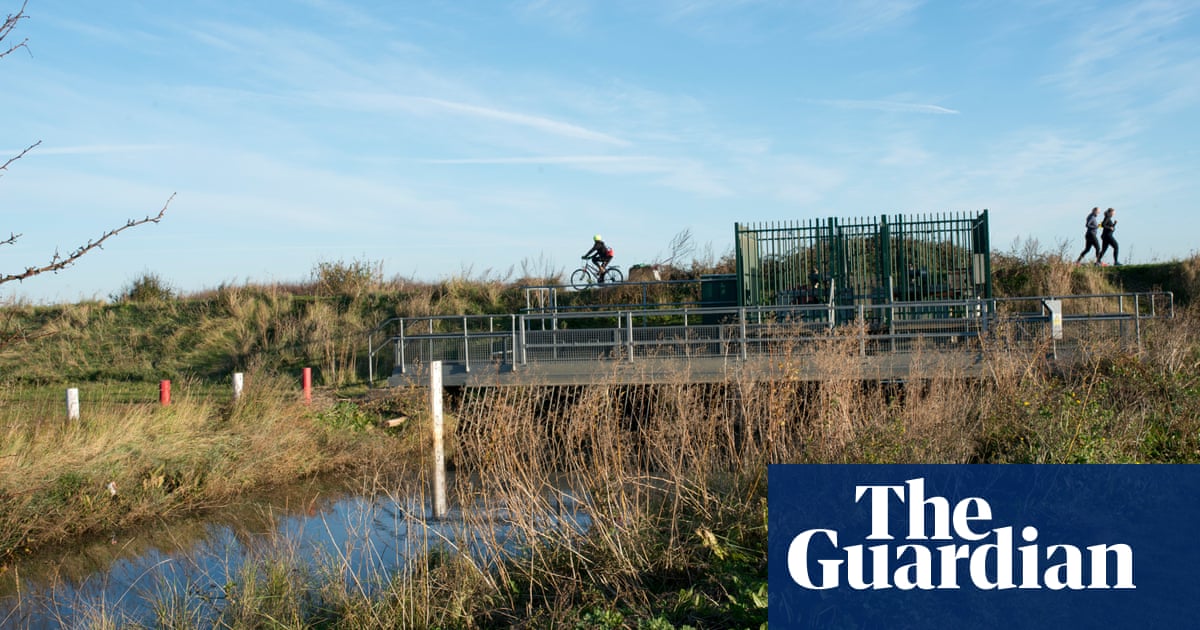
The government is still not sharing enough coronavirus data for local authorities to get a full picture of who is being infected, health bosses have said.
On Monday, Matt Hancock told parliament he was “putting enhanced levels of data in the hands of local directors of public health”. The health secretary said: “I bow to no one in my enthusiasm for the good use of data in decision-making.”
He said the government would provide “full information, including the name and address of those who tested positive, to local authorities where they have signed a data protection agreement”.
But Kate Hollern, the MP for Blackburn – which last week had 120 new Covid-19 cases, up from 72 the previous week – said data on ethnicity and occupation was not always supplied.
Hollern said Blackburn’s director of public health, Dominic Harrison, had complained the data from pillar 2 – community testing at drive-through centres or via the post – was “highly variable”.
As a result they could only surmise that outbreaks were in large multi-generational houses in the city’s large Asian community, Harrison told her.
Hollern said: “For weeks, minister after minister has stated that we have the data but it’s a shambles. Councils and communities are being penalised for national failures; lives have been lost and businesses have been failed. Blackburn wants to control the virus but has been hampered by this national failure.”
Another director of public health in the north-west said they had only received full addresses for positive cases on Friday morning and that information on ethnicity was “patchy” and the section for occupation was “mostly blank”.
“What we are missing now is the information the contract tracers gather, on where people have been in the previous seven days – have they been at work? A house party? A pub? It’s this sort of soft intelligence which would be really helpful to build a full picture of the infection pattern in our area,” they said.
In addition, people seemed to be underestimating the number of others they had come into contact with and potentially infected. “The number of contacts people are giving is implausibly low. Some people are saying just one or two or even zero,” they added.
After months of lobbying, local authorities now receive three separate lists each day:
Positive cases (which has the name, age and postcode, but not the full address or contact details).
Cases followed up by the track-and-trace system (which contains a name, phone number and house number and has to be manually cross-referenced to the test data to see if all positive cases have been followed up).
Contacts followed up via track and trace (which lists all contacts of positive cases, but not who they are a contact of).
In Cumbria – which had 55 new cases last week, up from 30 the week before – the county council’s director of public health, Colin Cox, said the data situation was a vast improvement, but that his team “still had to do quite a lot of detective work to join the dots” with data received from Public Health England (PHE) and the government’s test-and-trace service.
He said Cumbria’s recent rise in cases was not because of a workplace or residential cluster but was “more associated with social networks and a breakdown of social distancing – multiple people mixing in pubs and at house parties”.
Dr Jeanelle de Gruchy, president of the Association of Directors of Public Health said: “ADPH values the significant progress being made and the hard work of our PHE colleagues – but there is still work to be done. Data and intelligence … has played, and will continue to play, a fundamental role in preventing and managing Covid-19 outbreaks. We will continue to work collaboratively with PHE, the NHS test-and-trace service, and the Department of Health and Social Care to continue to make improvements to data flows and quality.”
Data from the Office for National Statistics showed people in north-west England were dying from coronavirus at more than double the rate of those in London in June.
One in 20 fatalities in the capital last month were caused by Covid-19, down from one in two at the height of the crisis in April. But in the north-west, where several Lancashire towns are being kept under review for potential local lockdowns amid rising cases, one in eight deaths were attributed to coronavirus in June, down from more than one in three at the peak.
A spokesperson for the Department of Health and Social Care said: “High quality data is critical to providing good public services and we’ve been providing increasingly detailed data to local directors of public health … NHS test and trace is working closely with local authorities across England to help manage local outbreaks.”











